Gods, Monsters and Mayhem: The Pantheon Novels of James Lovegrove
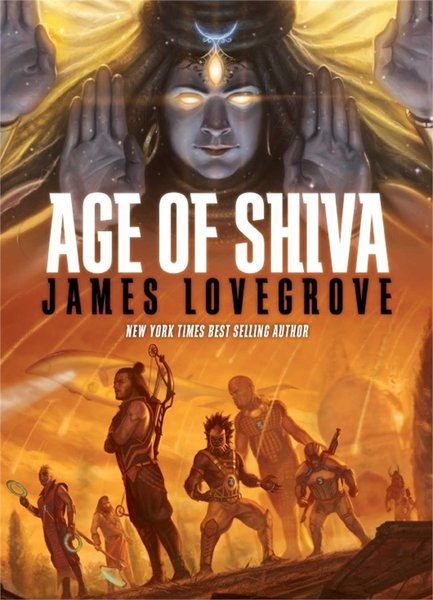 |
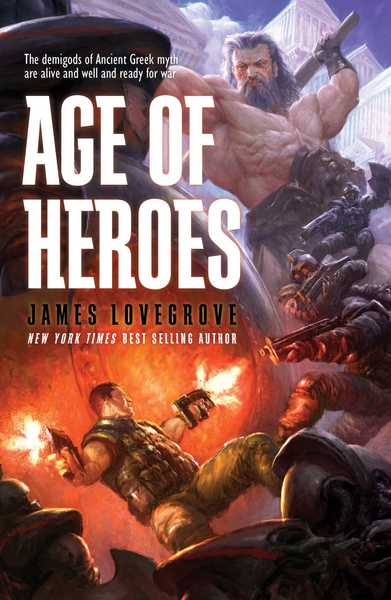 |
One of my all-time favorite fantasy novels is Roger Zelazny’s Hugo-winning Lord of Light, a richly original science fantasy of one man’s attempt to stop an elitist cabal from setting themselves up as gods on a newly colonized world, using the gods of the Hindu pantheon as a template. James Lovegrove’s 8-volume Pantheon series is, if anything, even more ambitious than that groundbreaking work, as each volume uses a different pantheon of gods to spin a standalone tale of mythological mayhem.
The series began with The Age of Ra in 2009, and continued in six additional novels and one collection, Godpunk. The most recent, Age of Shiva, which borrows from god of the Hindu Pantheon, arrived in 2014, and the next volume, Age of Heroes, which features the Gods of Greece, arrives in paperback next week.
For anyone looking for their next big SF adventure series, the Pantheon novels make a fine candidate. Here’s the complete list of titles.

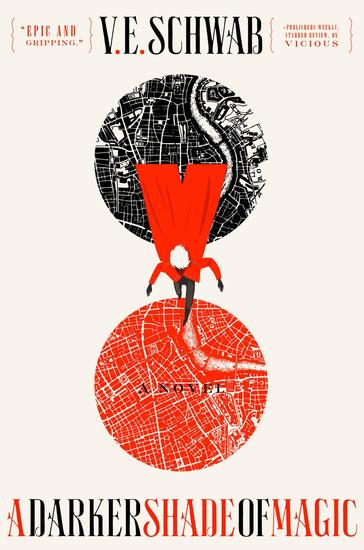
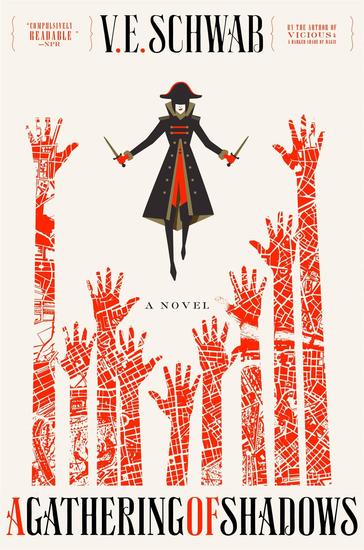

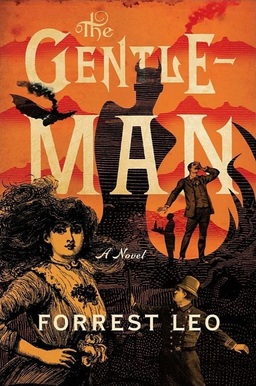
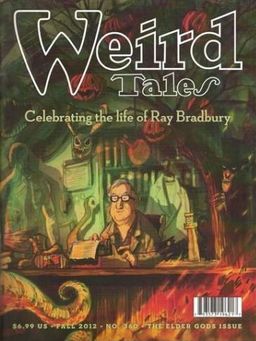
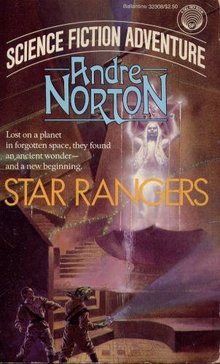 It’s been my experience that Andre Norton is extremely popular among women of my generation, those who grew up reading SF when there were few women writing, and even fewer female protagonists. When I was looking at Norton’s Witch World
It’s been my experience that Andre Norton is extremely popular among women of my generation, those who grew up reading SF when there were few women writing, and even fewer female protagonists. When I was looking at Norton’s Witch World 


 Weekends are busy at the Fantasia International Film Festival, and Friday, July 22, saw things beginning to ramp up for me after a slow few days. After much internal debate, I decided to see three movies, all of them horror films of different kinds. First came the Danish film Shelley, at the Hall theatre, about sinister events around a surrogate mother in an isolated household. Then would come a Japanese film, The Inerasable (Zange —Sunde wa Ikanai Heya), about two women investigating a ghost manifesting in an urban apartment. Finally would come an animated Korean zombie movie, Seoul Station (Seoulyeok). They promised three very different tones. And, as it turned out, delivered nicely.
Weekends are busy at the Fantasia International Film Festival, and Friday, July 22, saw things beginning to ramp up for me after a slow few days. After much internal debate, I decided to see three movies, all of them horror films of different kinds. First came the Danish film Shelley, at the Hall theatre, about sinister events around a surrogate mother in an isolated household. Then would come a Japanese film, The Inerasable (Zange —Sunde wa Ikanai Heya), about two women investigating a ghost manifesting in an urban apartment. Finally would come an animated Korean zombie movie, Seoul Station (Seoulyeok). They promised three very different tones. And, as it turned out, delivered nicely.